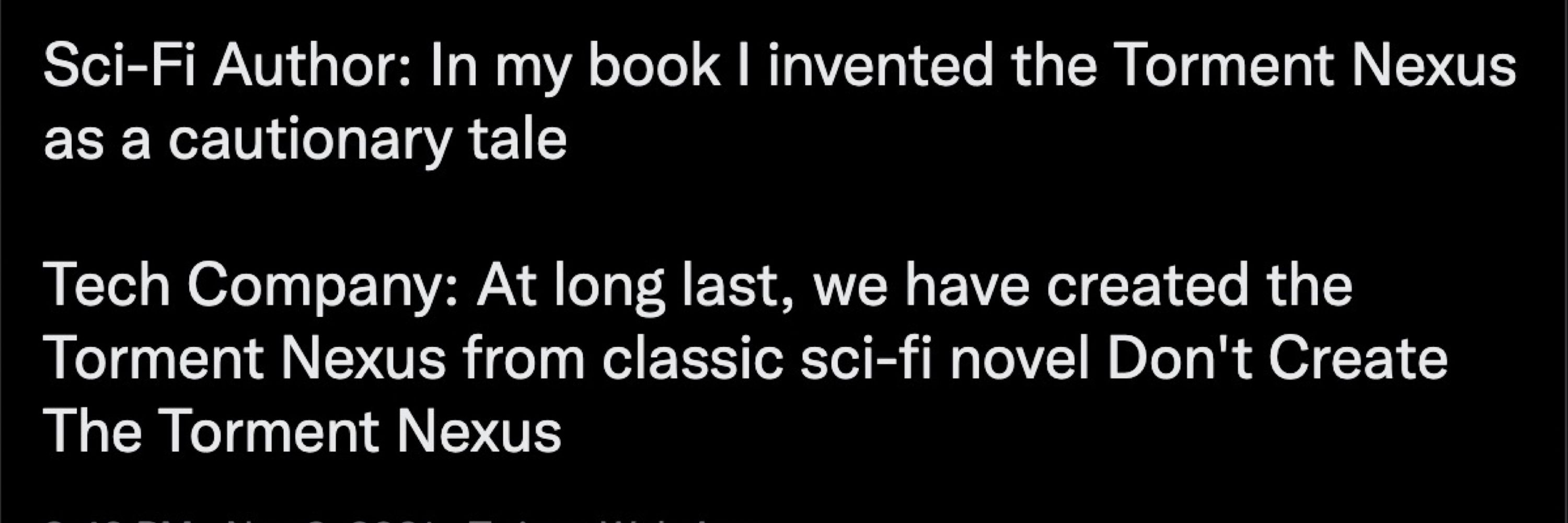
… executes code that they recognize as harmful
… automatically pivots to harmful tasks that are simply in the same directory as benign tasks
… is vulnerable to screenshots and even audio files where we read out the attack (see example below⬇️⬇️⬇️)
7/12
… executes code that they recognize as harmful
… automatically pivots to harmful tasks that are simply in the same directory as benign tasks
… is vulnerable to screenshots and even audio files where we read out the attack (see example below⬇️⬇️⬇️)
7/12
one thing I've been doing with this: trying to figure out where committees are spending on food.
for example, Steve Scalise has bought Chick-Fil-A 26 times this cycle, spending $18,700 in total
one thing I've been doing with this: trying to figure out where committees are spending on food.
for example, Steve Scalise has bought Chick-Fil-A 26 times this cycle, spending $18,700 in total
we've also set up a database with all of the relevant data so users can save, share, and publish their queries
datatalk.genie.stanford.edu
we've also set up a database with all of the relevant data so users can save, share, and publish their queries
datatalk.genie.stanford.edu
but the cool thing about Datatalk is that it can go so deeper — for example, which PACs from CA are the biggest donors to #MDSen candidates?
but the cool thing about Datatalk is that it can go so deeper — for example, which PACs from CA are the biggest donors to #MDSen candidates?
🗣️📈DATATALK📈🗣️ is a platform for asking natural language Qs of FEC data that I've been working on with folks at Stanford, Big Local News, and the Brown Institute
datatalk.genie.stanford.edu
🗣️📈DATATALK📈🗣️ is a platform for asking natural language Qs of FEC data that I've been working on with folks at Stanford, Big Local News, and the Brown Institute
datatalk.genie.stanford.edu

